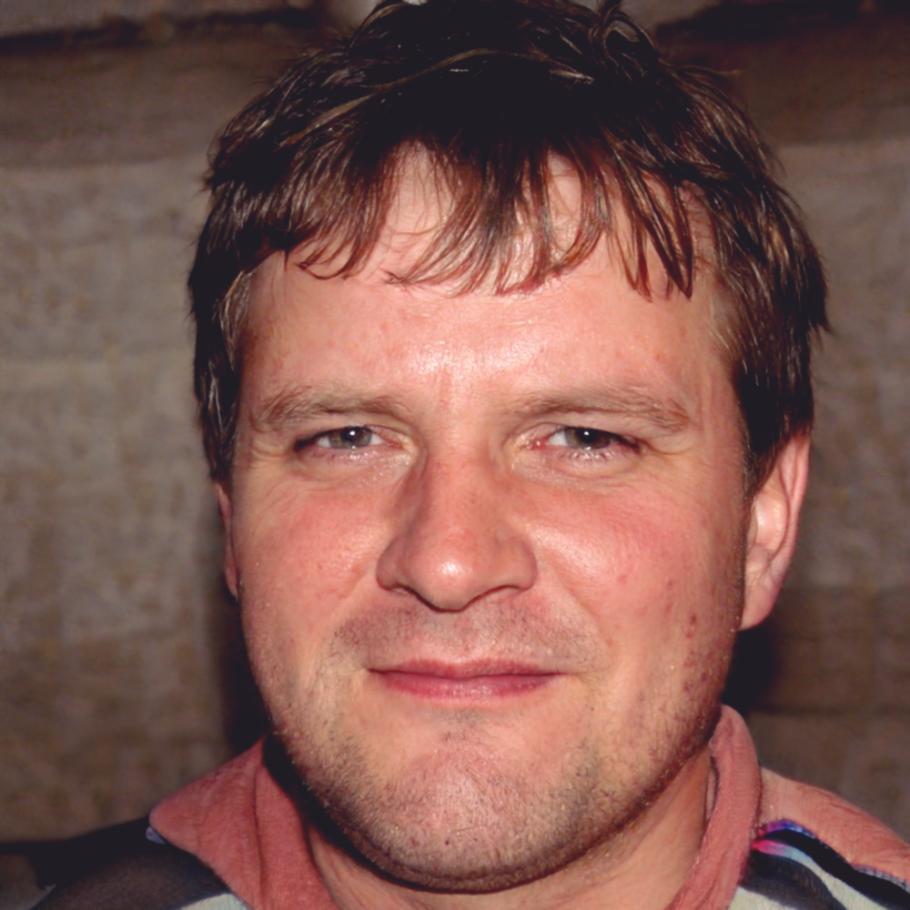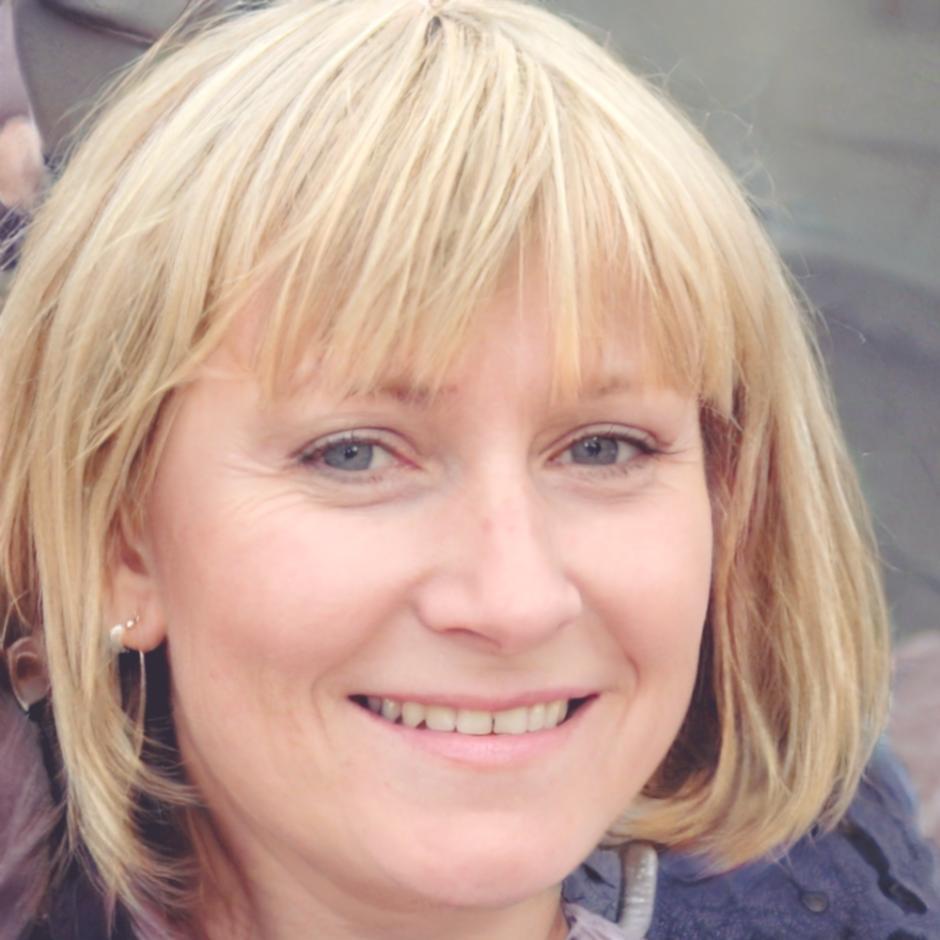Build Financial Scenarios That Actually Make Sense
Most businesses plan for one future. Smart ones plan for several. Learn to model different financial scenarios so you're ready for what comes next.
See How We Teach
Why Scenario Modeling Matters More Than Ever
Back in 2023, I watched a mate's business nearly collapse because they only had one financial plan. When their main client pulled out, they had no idea what to do next.
That's when I realized something. Most financial courses teach you to build one budget, one forecast, one plan. But that's not how real business works. You need to see multiple paths forward.
- Build multiple financial scenarios without getting lost in spreadsheets
- Spot risks before they become problems
- Make confident decisions when things don't go as planned
- Understand what your numbers are actually telling you

Three Approaches We Actually Use
These aren't theoretical exercises. These are the exact methods we use with Australian businesses right now in 2025.
Best Case Modeling
What happens if things go better than expected? Sounds simple, but most people get this wrong. We show you how to model growth without being unrealistic about it.
Worst Case Planning
Nobody likes thinking about this, but it's the most important scenario. When revenue drops or costs spike, what's your move? We walk through real examples so you're not guessing.
Most Likely Tracking
This is your baseline. We help you build scenarios that reflect what's probably going to happen, then adjust as you get new information. It's less about prediction, more about staying flexible.
Real Project: How We Helped a Retail Business

Initial Assessment
Started with their existing numbers. No fancy tools yet. Just understanding what they currently track and where the gaps are. Most businesses have more data than they realize.

Building Scenarios
Created three models: optimistic growth, steady state, and revenue drop. Each one included different variables like seasonal changes, supplier cost shifts, and customer behavior patterns they'd noticed over the past two years.
What You'll Actually Learn
Practical Scenario Development
We don't teach theory for six weeks then expect you to figure it out. Each session focuses on building actual scenarios you can use immediately.
By week three, you'll have at least two working scenarios for your own business. By week six, you'll know how to adjust them as conditions change.
Example: Cash Flow Scenarios
One participant modeled what would happen if their payment terms changed from 30 to 60 days. They discovered they'd need an additional line of credit or would have to reduce inventory. Small insight, but it prevented a cash crunch three months later.
What Past Participants Say

Marcus Chen
Operations Manager, Logistics
The best part was learning how to adjust scenarios on the fly. We used to build one annual budget and stick to it no matter what. Now we model multiple paths and switch between them as the year unfolds. Makes planning feel less rigid.

Eliza Thornton
Small Business Owner
I thought this would be super technical and over my head. It wasn't. The examples made sense and I could apply them right away. Within a month, I had scenario models that actually helped me make better decisions about hiring and inventory.